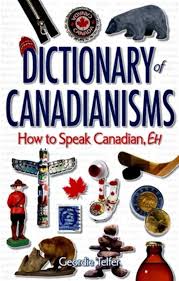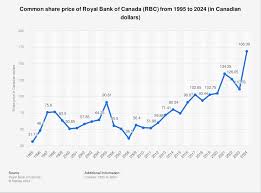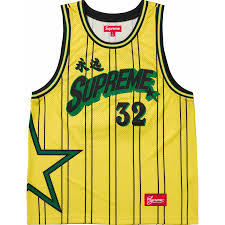
Introduction to the Dictionary of Canadianisms
Language plays a fundamental role in defining culture, and nowhere is this more evident than in Canada, where English and French coexist alongside a rich tapestry of local dialects and expressions. The Dictionary of Canadianisms serves as a crucial resource for understanding the unique words and phrases that have emerged across the country, reflecting its history, geography, and diverse population. This lexicon not only enriches the Canadian identity but also aids in the preservation of these distinctive expressions.
What are Canadianisms?
Canadianisms are terms and phrases that are characteristic of Canadian English and French. They often stem from local customs, Indigenous languages, and influences from both American and British English. Examples include words like ‘toque’ (a knitted hat), ‘double-double’ (a coffee with two creams and two sugars), and ‘chesterfield’ (sofa). These terms encapsulate everyday life in Canada and highlight regional variances from coast to coast.
Recent Updates and Usage
In 2023, the Dictionary of Canadianisms has seen a surge in interest as more Canadians embrace their linguistic heritage, particularly through digital platforms and social media. Many online discussions have focused on how language evolves and how Canadianisms can serve as a unifying factor in a diverse society. Furthermore, educators are increasingly incorporating local vernacular into classrooms to celebrate the uniqueness of Canadian culture.
Conclusion and Significance
As Canada continues to grow and change, so too will its language, with the Dictionary of Canadianisms serving as a valuable resource for current and future generations. Understanding these colloquialisms helps foster a sense of national pride and collective identity. As we navigate a rapidly changing linguistic landscape, keeping an eye on emerging terms can provide insights not only into Canadian society but also into the broader trends shaping global communication.

